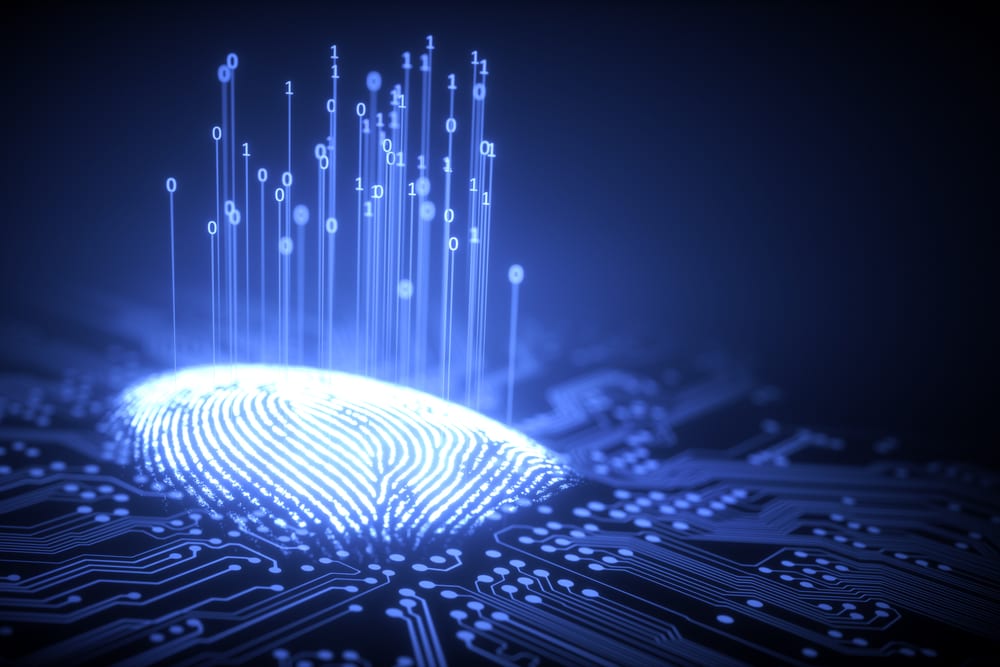
Biometric technology: assessing the risks
Sometimes, it’s hard to keep up with technology and its advanced innovations. One thing’s sure – they make the world simpler. With a few clicks, you can do many things; browse online, buy your favorite items, read books and watch movies, not to mention connect with your friends through social media. All of the opportunities sound promising. Despite that, with new technological solutions come security risks.
This is where biometric technology comes in handy. Why? Keep reading to find out!
A widely used technology
Biometric technology is often used in security. By taking into account the biometric data and retrieving it from a physical user, you can authenticate entities and cross-match their details against particular devices. Businesses want to secure an area or a digital asset from unauthorized personnel, and one of the ways to achieve this goal is to implement a biometric authentication system. Fast-forwarding to today, biometric devices that use fingerprints, retinal scans, or voice recognition are implemented in cars as a smart way to start the vehicle.
The widely used technology is also used to protect documents. Biometrics can be found in e-passports that have a chip containing iris or fingerprint data. This advanced mechanism prevents unauthorized data readers and ensures that the data is safe. The technology doesn’t stop here. For instance, Halifax, a British bank, uses devices to monitor heartbeat and verify clients’ identities.
Types of biometrics
You can say that biometrics are biological measurements that are based on biological measurements, such as facial recognition, fingerprints, or retina scanning. All this data can be used for human identification. In theory, some researchers state that even body odors or the way somebody walks can be treated as identifiers.
Biometric data is sectioned into three categories: Biological, Morphological, and Behavioral biometrics. The first group of Biological biometrics uses genetic traits involving such features as blood and other DNA. The Morphological sector uses the structure of your body. It can be a physical feature, for example, fingerprints or the shape of one’s face. The last category, Behavioral biometrics, analyze patterns and human behavior; how one speaks or walks, for instance. Once this data is gathered, it’s used for security purposes.
Not a new concept
Even though automated identification based on personal characteristics and unique physiological features is a fairly new thing, certain types of biometrics have been with us for a while. For example, the concept of fingerprints goes back to East Asia when thousands of years ago, potters used to place fingerprints on clay. Let’s also not forget the 19th century when criminologists started to use fingerprint biometrics to identify lawbreakers.
The first use of automated biometric technology appeared in the 1970s. To this day, fingerprints are used for controlling physical access to buildings. It’s a smart, quick, and secure way to prevent unwanted clients and reduce the level of fraud.
Biometric security in the digital age
According to Statista, the online identity verification market is going to double in size in the coming years, possibly reaching almost 50 billion dollars worldwide. An essential part of it, of course, is biometric technology. Many industries have been using biometrics as a form of security due to speedy and effective results. Thanks to computers and artificial intelligence (AI), such data is easily stored and can be used to authenticate and identify individuals, making sure that risky, unwanted entities lose access.
The digital world and its risks
As much as we’d like, any technology isn’t completely foolproof; that’s why it’s important for businesses to use multi-layer authentication. The key point of biometrics is that this data is unique and can’t be hacked – in general, only you have access to your fingerprints. The same principle is valid when identifying your face. Taking a selfie during identity verification is significantly more secure than a standard password.
One thing’s clear, collecting and using data has its own vulnerabilities online:
1. Spoofing attacks
It’s a type of presentation attack with the goal of interfering with a biometric system. Fraudsters target biometric authentication mechanisms by impersonating another person via spoofing. Scammers use special techniques to replicate fingerprints. For instance, they choose clay to create a “gummy” finger and use its fake prints. Since people leave fingerprints on basically any surface they touch, such as mugs or door handles, it’s easy access for spoofers to gather and misuse this data.
Non-live images or video photographs are used to spoof facial biometric algorithms. Hackers take victims’ pictures then use such details to make video clips and masks of certain facial features. This way, fraudsters create fake identities and get away with scamming biometric authentication systems.
Despite that, thanks to artificial intelligence and evolving technology, the new generation of identity verification using biometric technology is so advanced that it detects spoofing patterns. Of course, high transactions and huge sums of money are greater targets for criminals; therefore, most companies need to be extra careful and search for newer, more secure technological measures to combat spoofing.
2. Storing biometrics
Without proper security measures, storing any data becomes a risky task. Biometrics carry numerous personal details, including passwords and financial information. If compromised, unlike passwords, biometric data can be changed. That means in such a disastrous scenario, cybercriminals steal the biometric identity permanently. Attackers also target biometric systems to steal only parts of certain data so that they can modify and mix the newly generated identity with the imposter’s biometric features.
3. Weak security systems
In general, traditional security systems aren’t specifically designed to ensure biometric data’s security. Companies that carry such data are exposed to additional risks. Since biometrics are a high-value asset, scammers view this data as a huge prize and a tool to continue their criminal behavior. To minimize these risks, businesses need to upgrade to trusted, sophisticated IT systems. Let’s not forget another important factor – the insider threat. Enterprises should prioritize choosing a trusted biometric system operator, as they have unlimited access to the vulnerable data.
The final step to ensure protection
Many banks, Crypto companies, or FinTech startups secure their businesses by implementing biometrics to authenticate users. A good example of an efficient, secure identity verification service is iDenfy which uses unique biometric technology and liveness detection. Its authentication algorithms detect any spoofing attempts by gathering biometric samples; this way, determining if the user is a real human being or a fake representation trying to get past the identity verification. It takes 15 seconds for the customers to complete the AI-powered identity verification that protects them from fraudulent accounts, data breaches, and phishing attacks.
Conclusion
Only multi-layer biometric identity verification systems offer maximized security. Criminals are getting smarter – they try to find new ways to fake their identities via spoofing, or changing certain features, such as growing out facial hair, wearing makeup, and prosthetics. This leaves businesses needing enhanced security solutions and proper risk assessment with dentity verification.





